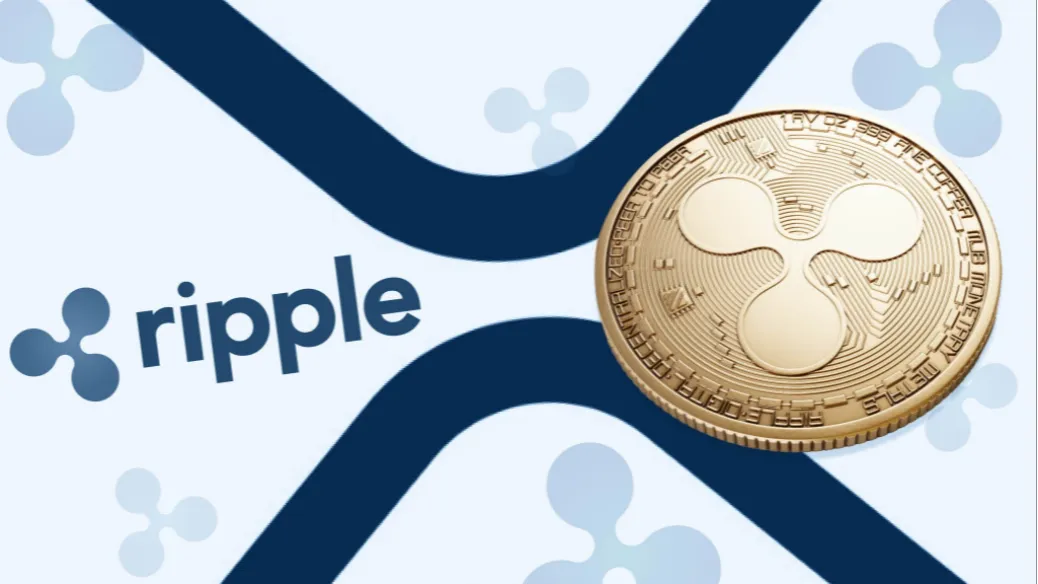Following on from this year’s impactful International Women’s Day, we decided to extend the spotlight a bit further than the day itself and host our own event to highlight the wonderful work being done to honour this global day of empowerment. So, on March 27th, we hosted a panel-led event entitled “The Power of Live Events to Create a Movement” at East London’s iconic Bourne & Hollingsworth buildings.
The panel for the intimate breakfast event included Melissa Maouris, Coach for the creative industries and a Consultant for UN Women, Sonya Barber, formerly Events Editor at Time Out, and Terra Carmichael, Vice President of Global Communications at Eventbrite – moderated by Otegha Uwagba, founder of the Women Who community.

The heavy-hitting panel, alongside an audience of some of the most passionate contributors and advocates for inclusion and equality, led an inspiring conversation spanning the evolution of International Women’s Day and the role of live events in driving equality.
Here are some of the key messages that have stuck with us since:
The Rise of International Women’s Day
International Women’s Day has exploded in recent years – as Sonya pointed out, it was hard to find just one women’s focused event when she started working on the Timeout blog seven years ago. This point is supported by the growth of International Women’s Day events we have seen created on the Eventbrite platform.
“This year 1,300 International Women’s Day events were hosted on Eventbrite – up 50% from the previous year alone.”
Campaigns and movements like HeForShe and #MeToo have no doubt helped to catapult awareness of inclusion and equality into mainstream consciousness, and there was a buzz in the room that, right now, there is a real opportunity to drive change.
As it stands, International Women’s Day provides an incredible but limited time period for us to have these conversations. The clear message from the room was that we need to start taking these events outside of International Women’s Day, throughout the year, to build on the awareness already raised.
The Power of Live Experiences
Otegha raised the key question – what sets live events apart as a channel to communicate a message?
We know from being both event organisers and attendees that when it comes to leaving a lasting impression on an individual, nothing is more powerful than bringing them together with others – as Sonya pointed out, unlike other communication channels, you can’t “click off” during a live event.
The panel were unanimous in their advocacy of live experiences and emphasised that with the tools we have at our disposal…
“…it’s becoming easier and easier to use live events to make a campaign or message contagious in the way only a live experience can.”
Getting more people to join the conversation
Possibly the most repeated topic of this event was the absence of the involvement of men across International Women’s Day events. Members of both the panel and the audience had stories to tell along this vein, and, as Melissa pointed out, the number of men in attendance at our event could be counted on one hand. It was clear that this is something that the group of people in this room would like to help change.
“A big opportunity to drive this change comes in the form of talking to the next generation about equality and inclusion.”
During the conversation, Terra shared her own story about taking her kids to the Women’s March, where both her young daughter and sons were prompted to join in the conversation about equality, and now have first-hand experience of what it means to stand up for a cause and for each other.
Conclusion
The final thought from the event, and our biggest takeaway, was that the key to supporting equality and inclusion is that we continue – outside of International Women’s Day, and events like this one – to go out into our communities and maintain the conversation with our friends, partners, and children – because this is when you see the domino effect of change.





